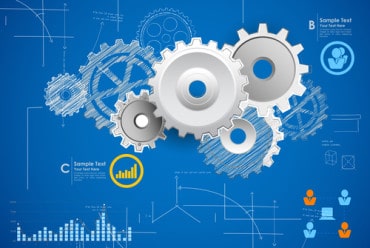
Just because you can and just because you think your clients will take anything — these are among the most common data visualization mistakes.
The growth of data analysis and visualization has driven the creation of user-friendly tools that produce excellent visuals on demand. These tools allow users to more easily spot potential problems and capitalize on new trends.
But with great tools comes great responsibility — and the end product might not yield fantastic visuals. Human error, tight deadlines, and a lack of knowledge about best practices can lead to less than optimal results.
Often, great visuals aren’t always the end product. Human error, tough deadlines, and simply not knowing what makes for a great visual are impediments. TIBCO’s recent ebook details five common data visualization mistakes — and offers solutions on how to avoid them.
Useless Visualizing
Visualizing data “just because” or providing every single visualization to your customer might not be the best approach. Not all users understand what visualizations say, especially when they contain obscure data. Think about your audience and the questions they’ll ask that the visualization should answer.
See also: What’s the roadmap to data visualization success?
Incorrect Charts
Graphs and charts make it easier to understand data — but if you’ve chosen the wrong format, it does your audience little good. Stick with the basic charts and keep them simple and clean for easier interpretation.
Overcomplicating Things
Not all data requires visualization. Stuffing charts chock-full of numbers doesn’t help, either. Use multiple charts to support understanding, and represent only the data necessary to highlight the message you’ve been asked to convey.
Lack of Accuracy
We create visualizations to make data easy to understand, digest, and utilize. Double and triple-check the numbers to avoid errors. Work with the original data source, when possible. Using Spotfire saves time by making it easier to identify errors.
Using the Wrong Tools
Since not all data visualization tools were created equal, you have to find the right tool. Think about current and future needs and how you you’ll use those visualizations. Consider the type of devices on which people will view them. Remember that they’re only part of the story.
Learn more about how to avoid these mistakes by checking out TIBCO’s ebook here.


























